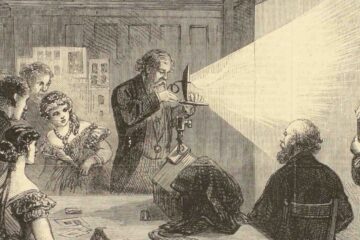
Jennifer Tucker, ed. History and Theory 48, no. 4: “Photography and Historical Interpretation” (Dec. 2009).
The articles in this Theme Issue bring a variety of different perspectives to bear on the convergences among photography, theory, and contemporary historiography. From different vantage points, they share an interest in how photographs become evidence through their use as material sources in the writing of history and in the interpretation of society and culture. Such issues are timely, both for historians and philosophers, and for all of us who are interested in the status of photographs as keystones of historical explanation, and the paths through photographs acquire (and lose) historical meaning and value.
Contributors include: Stephen Bann, Geoffrey Batchen, David Campbell, Tina Campt, Elizabeth Edwards, Patricia Hayes, Marianne Hirsch, Robin Kelsey, Leigh Raiford, Leo Spitzer, Michael S. Roth, John Tagg, & Julia Adeney Thomas.
Read Editor’s Introduction, Tucker, “Entwined Practices,” with Tina Campt.

0 Comments